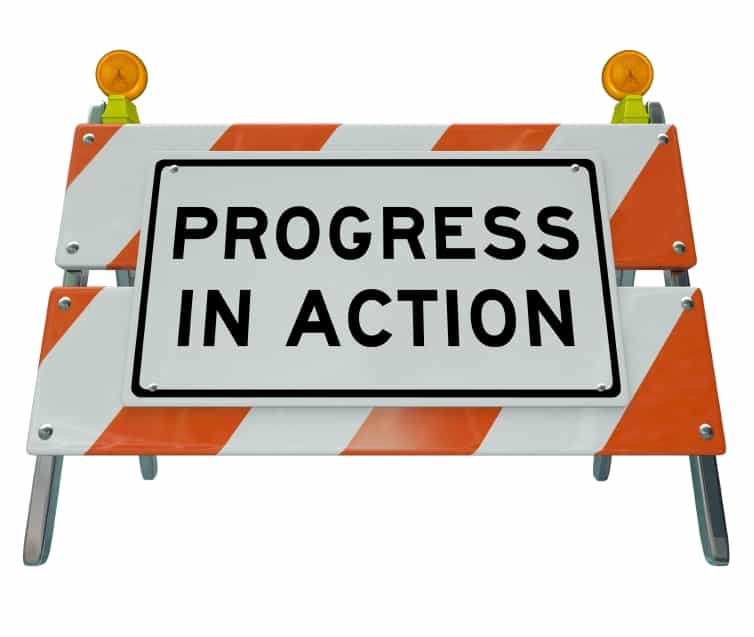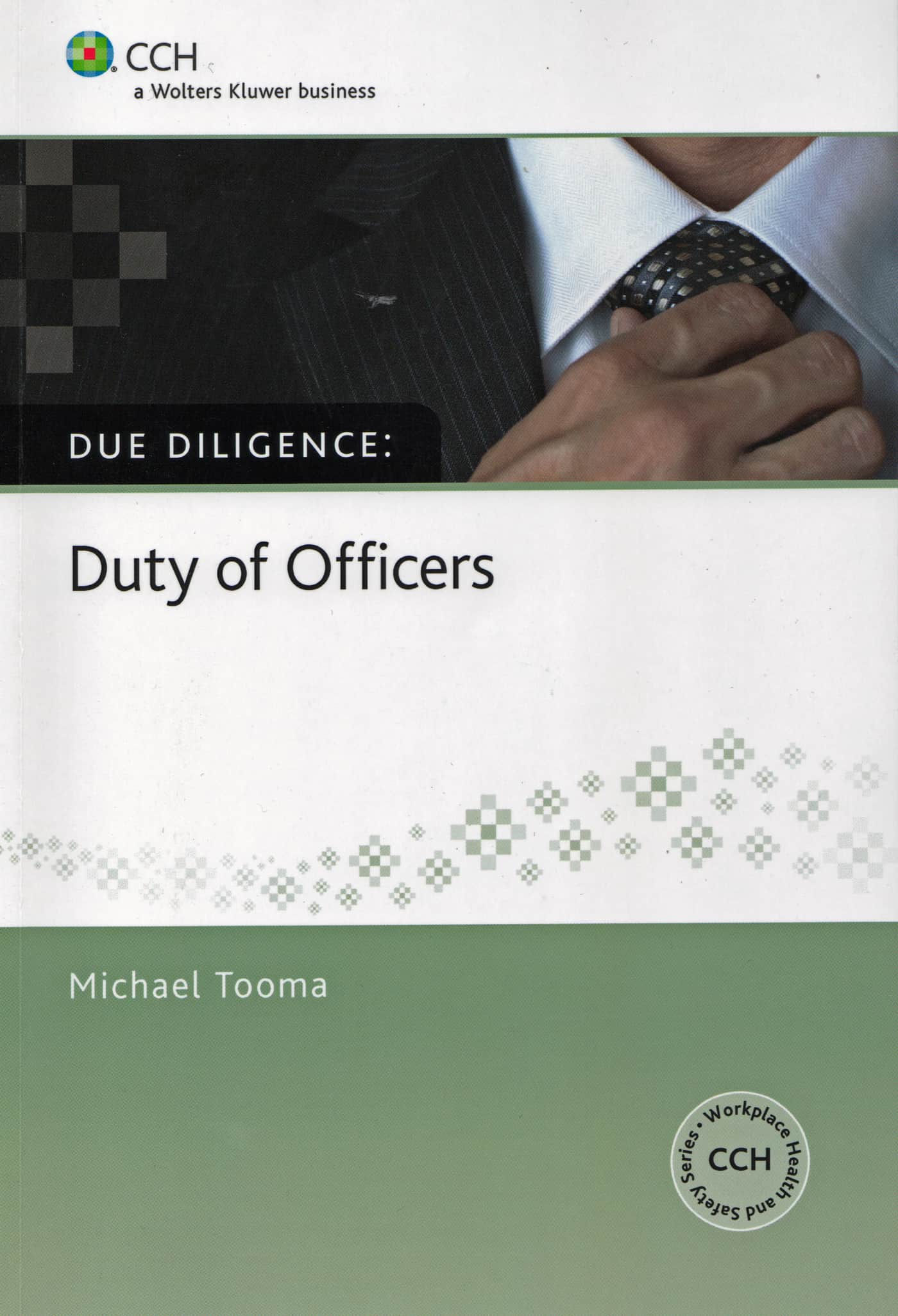In letter published in the October 2011 edition of the American Historical Review (page 1257, and not available without a subscription [I got there through EBSCOHost]), Donald Rogers responded to a review of his book Making Capitalism Safe. He said that
“Quoting reformers, the book argues that OSHA had truly “radical” potential to raise work safety standards and address previously neglected health hazards, but adds that OSHA’s promise “crumbled in the conservative political reorientation of the 1970s,” largely due to narrow court decisions, weak state cooperation, and drastic funding cuts during the Reagan years (pp. 175, 181)”.
Two out of those disappointments – “conservative political reorientation” and “weak state cooperation” – should sound familiar to those Australian safety professionals involved with OHS harmonisation.



